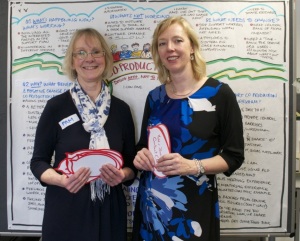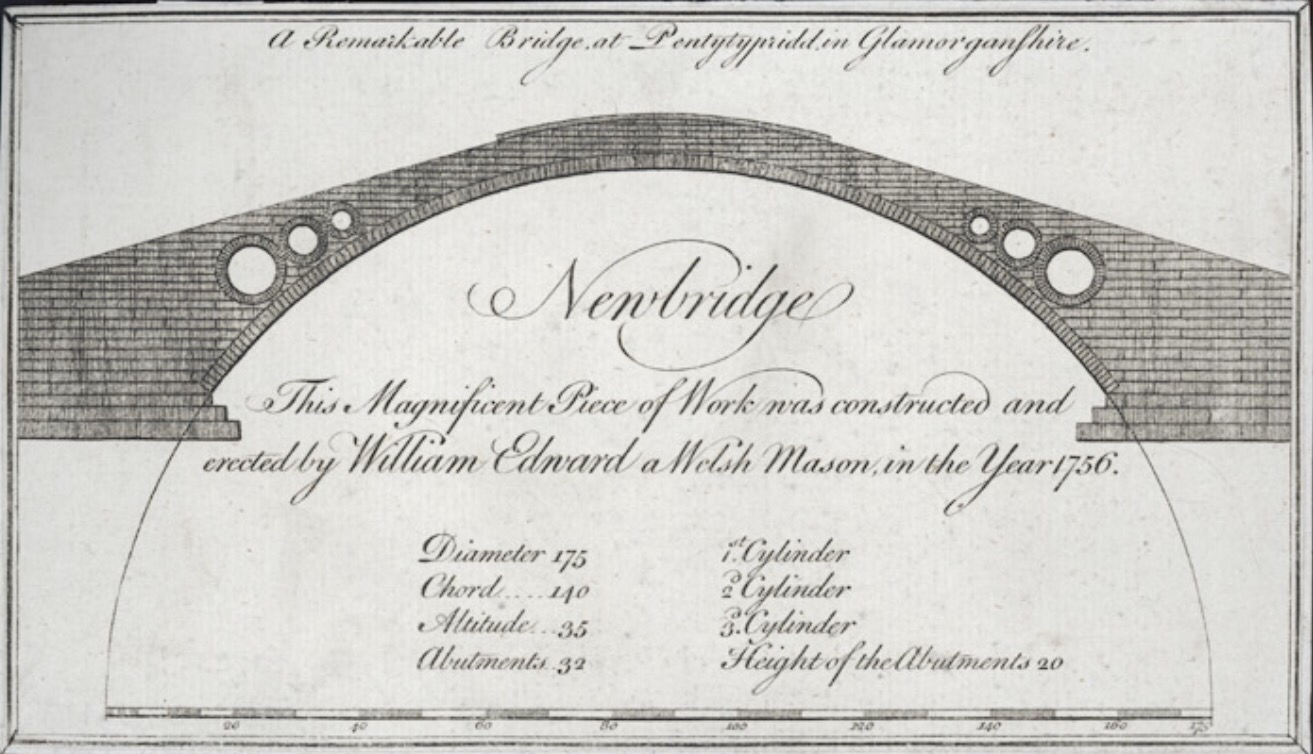
Before giving you the answer I want to introduce the Armchair Critic.
According to Cambridge Dictionaries online an armchair critic is; a person who knows, or says they know, a lot about a subject without having any direct experience of it. Recognise anyone you know?
So… what is the difference between co-producton and the 6 Nations Rugby Championship?
Well, one of them involves:
- a limited number of people who are at the heart of the action,
- these are the people who make the difference (the star performers),
- they practice their skills, learn new ones and hone them to perfection, and
- they work towards achieving success, together, as a team.
Surrounding the people involved in the action, you have an army of armchair critics. These are the people who talk about what is happening, and produce huge amounts of commentary and views on how things ‘should be done’.
So, that’s co-production. You can read about the 6 Nations Rugby Championship here.
Apologies if that comparison seems a bit odd. All week I’ve had to listen to one of my teenage sons (the one that plays rugby) getting very irritated by 6 Nations Rugby Armchair Critics. It did however remind me of the situation with co-production that I’ve been observing lately. It seemed to me that more people were talking about co-production than those actually doing it, a regular army of armchair critics.
 However, good news. This week I went to an event organised by a group of co-production practitioners in North Wales, Working With Not To (WWNT). It restored my confidence that we are capable of doing things, rather than just talking about them.
However, good news. This week I went to an event organised by a group of co-production practitioners in North Wales, Working With Not To (WWNT). It restored my confidence that we are capable of doing things, rather than just talking about them.
This was an opportunity to spend some time with people who are at the heart of co-production action in Anglesey and Gwynedd. It was great to see people share knowledge, learn from each other, and do it in a co-productive way. The group is organised by Pam Luckock and Fran O’Hara, and I would recommend looking at the WWNT website for details of what they have been doing and future events.
It was good to experience what co-production means, close up, with the people who are making it happen. For any armchair critics that might be reading this, here are three things I took from the event:
- Consultation is not co-production. Just asking someone for feedback, or what they think about your clever idea is not co-production. Co-production involves treating people as equals, and expecting that they will be making a contribution to whatever you develop together.
- Service user experience is priceless (so you probably need to pay). This might be controversial but,….. if you ask someone to share their valuable experience, insight and wisdom, you generally expect to pay for it. Why should that be different just because they happen to be a user of the service they are helping to co-produce? The ‘professionals’ will be being paid, so why not the people with the ‘lived experience’?
- If you talk the talk, walk the walk. If you are going to discuss and comment on co-production, you really should apply the principles of co-production to what you are doing. Develop your strategy/guidance/method statements in a co-productive way. This might even require ‘service users’ being involved in some super-duper high level strategy meetings… now that would be interesting, and quite terrifying for some people I’d imagine.
So, if any of the armchair critics fancy getting close to the action, keep an eye on the WWNT website or Twitter, @WorkingWithNot2. Look out for one of their events and get down onto the pitch with the players (or at least into the stadium).
So, what’s the PONT?
- Theory, guidance and commentary are necessary, but it is practical action that makes the real difference.
- If you are going to talk the talk, walk the walk. Follow co-productive principles in how you develop the guidance and commentary.
- Beware of armchair critics. I will always listen to someone who has some ‘skin in the game’, before an armchair critic (no matter how much TV they’ve watched).

Here’s a picture of Pam and Fran, so that you can recognise them when you go to the next WWNT event.
Picture Source: WWNT website.
Finally, just to prove I’m not totally armchair based, I did speak a bit at the event. It was all about the lessons learnt from trying to develop Good Practice Wales, co-productively.
 Here is snippet from the relevant section of the graphic minutes that Fran records, the full set will be on the WWNT website.
Here is snippet from the relevant section of the graphic minutes that Fran records, the full set will be on the WWNT website.

Leave a comment